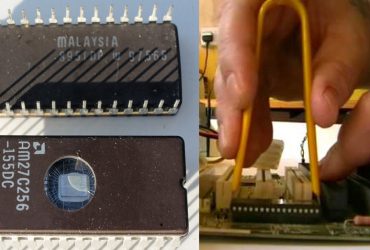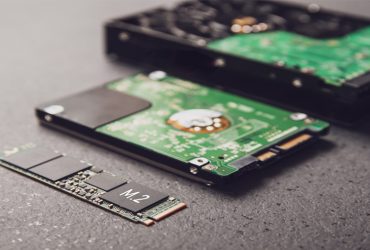Not only in Myanmar, but all throughout the world, the internet is extremely popular. Wi-Fi is undeniably one of the simplest and most convenient ways to connect to the Internet today. Wi-Fi is growing increasingly widespread, particularly among home networks. However, the radiation emitted by Wi-Fi can be hazardous to human health from a health standpoint. There are also a lot of inappropriate disagreements. Knowing what to do and what to avoid when it comes to Wi-Fi, on the other hand, can help you avoid it.
The first thing to know is that transmitters are built into Wi-Fi routers and Wi-Fi-enabled laptops, tablets, and smartphones. Radio-frequency radiation is used by these transmitters to transfer data across the air. This radio-frequency radiation is used in the production of wood. It has the ability to penetrate metal as well as the user’s body. Wi-Fi radiation has been linked to human health by scientists all around the world.
Wi-Fi has two operating frequencies: 2.4 GHz and 5 GHz. RF (radio frequency) radiation is a part of it. Microwave radiation is another name for it. Microwave radiation is, in fact, a subset of radiofrequency radiation. Microwave radiation requires a frequency range of 300 MHz to 300 GHz. There are a few things to remember regarding Wi-Fi for Wi-Fi users. Wi-Fi routers cannot be turned off; they are typically utilized 24 hours a day. You also have Wi-Fi routers at your office, which exposes you to radiation. In your home, you don’t have a Wi-Fi router. If you have Wi-Fi routers near you, a little amount of Wi-Fi radiation may reach your home, depending on the signal strength of the Wi-Fi network.
















